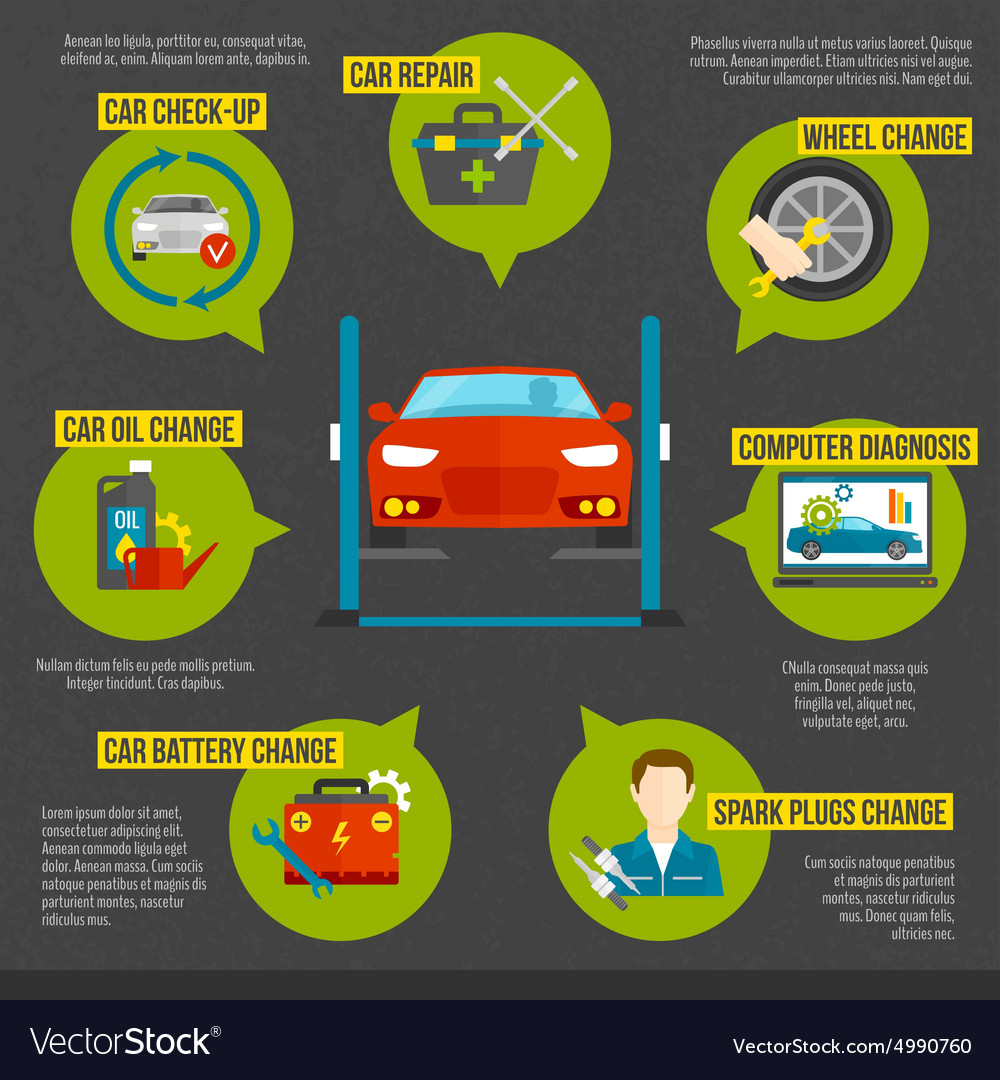Looking For Clarity On The Warning Lights Presented On Your Vehicle'S Control Panel? Figure Out How They Relate To Your Vehicle'S Health And Safety
Looking For Clarity On The Warning Lights Presented On Your Vehicle'S Control Panel? Figure Out How They Relate To Your Vehicle'S Health And Safety
Blog Article
Web Content Writer-Sykes Winters
When you're behind the wheel, those glowing caution lights on your control panel can be a little bit perplexing. Do you know what they're trying to tell you regarding your car's health? Comprehending the relevance of these lights is crucial for your safety and security and the durability of your car. So, the following time among those lights turns up, wouldn't you want to analyze its message properly and take the required actions to resolve it?
Common Warning Lights and Interpretations
Recognize common warning lights in your car and understand their meanings to ensure safe driving.
One of the most common caution lights consist of the check engine light, which signals problems with the engine or exhausts system. If this light begins, it's vital to have your lorry examined immediately.
The oil pressure alerting light shows low oil pressure, requiring prompt focus to prevent engine damage.
A blinking battery light might recommend a malfunctioning charging system, potentially leaving you stranded otherwise dealt with.
https://frontbrakesandrotors39516.blogripley.com/30540191/eager-to-study-automobile-outlining-products-figure-out-which-tools-are-essential-and-collect-expert-insights-to-increase-your-outlining-effectiveness-as-a-newbie monitoring system (TPMS) light signals you to low tire stress, influencing vehicle security and gas performance. Neglecting this can result in risky driving problems.
https://air-lift-performance-kits05172.myparisblog.com/30442356/seasonal-car-outlining-tips-preparing-your-vehicle-for-every-period indicates a trouble with the anti-lock stopping system, jeopardizing your capacity to stop quickly in emergency situations.
Finally, the coolant temperature level warning light warns of engine getting too hot, which can lead to extreme damages if not solved promptly.
Understanding these usual warning lights will certainly aid you attend to concerns immediately and keep safe driving conditions.
Relevance of Prompt Focus
Recognizing the common caution lights in your car is only the initial step; the relevance of quickly resolving these cautions can't be highlighted enough to guarantee your safety when traveling.
When a caution light brightens on your control panel, it's your auto's method of connecting a possible concern that requires focus. Disregarding these warnings can lead to a lot more serious problems later on, compromising your security and possibly costing you much more out of commission.
Prompt focus to alerting lights can prevent failures and mishaps. For instance, a blinking check engine light can show a misfire that, if left ignored, could create damages to the catalytic converter. Addressing this immediately can conserve you from a costly repair work.
Similarly, a brake system advising light might signify reduced brake fluid or worn brake pads, important components for your security when driving.
Do It Yourself Troubleshooting Tips
If you discover a warning light on your control panel, there are a few do it yourself troubleshooting pointers you can attempt before seeking specialist aid.
The first step is to consult your car's handbook to recognize what the specific caution light indicates. Often the problem can be as basic as a loose gas cap setting off the check engine light. Tightening the gas cap might fix the issue.
One more common concern is a reduced battery, which can set off different cautioning lights. Checking the battery connections for rust and ensuring they're protected may take care of the problem.
If a caution light persists, you can try resetting it by detaching the car's battery for a couple of mins and after that reconnecting it. Furthermore, examining your car's liquid degrees, such as oil, coolant, and brake liquid, can help fix alerting lights associated with these systems.
Conclusion
Finally, recognizing your cars and truck's caution lights is crucial for keeping your car running smoothly and safely. By promptly resolving these informs and understanding what they indicate, you can avoid expensive fixings and possible break downs.
Remember to consult your car's manual for certain details on each alerting light and take action as necessary to guarantee a trouble-free driving experience.
Suggested Web site educated, stay secure when traveling!
